Did you know there’s a flower that pokes its bud through the snow, impatient for spring? They’re called snowdrops (Galanthus nivalis) and they’re one of my favorite flowers, especially since they’re a sure sign spring is on the way. And did you also know there’s more than one type of snowdrop? And there are snowdrops that actually grow in autumn?
My memories of snowdrops date back to my mother’s garden. She had a lovely spread of snowdrops that popped up, quite literally, even before the snow had totally disappeared. The effect was like a delicate, white carpet of tiny, 3-petalled flowers that dropped from the stems. The white bloom associates it with snow — hence, the name. There’s also the fact that the flower looks like a snowflake, dropping from the sky
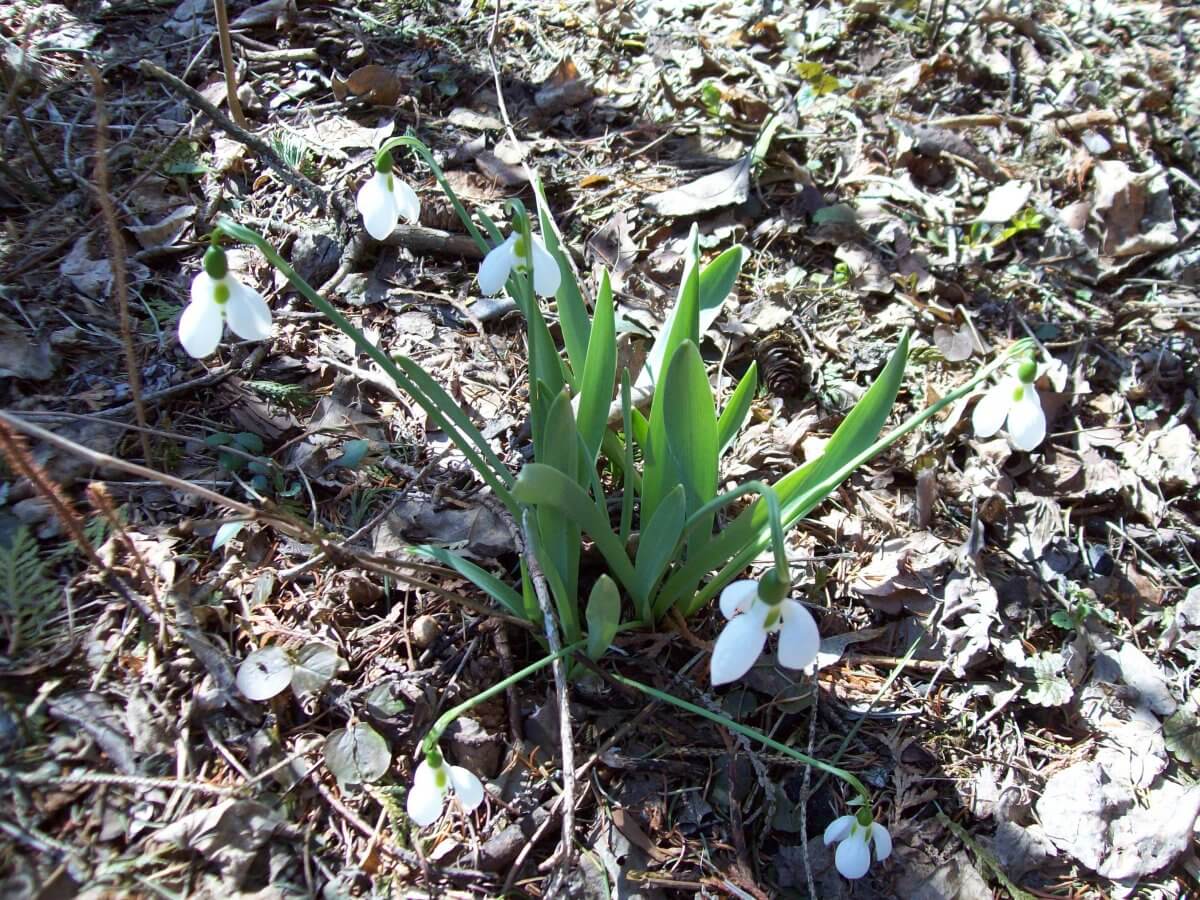
We never had to plant snowdrop bulbs as they were already proliferous around the property. But Mom always warned never to touch the plant or the bulb with bare hands.
“Very poisonous,” she warned. “Even touching it can result in an unpleasant reaction. Wear gloves when planting or moving bulbs to a new location.”
Much like poison ivy, I reasoned, and heeded Mom’s warnings.
My current research confirms them. Snowdrops are toxic to both animals and humans. If eaten, the result can be dizziness, nausea, diarrhea, and, yes, even death. However, mashed snowdrop bulbs have apparently been used as a remedy for chilblains (swelling due to extreme cold and poor circulation) and frostbite and can be effective as an analgesic for headaches. I’m not sure if this idea is worth a try, as it contradicts the fact they cause skin rashes.
There is a plus side. Since snowdrops are toxic, there is no concern of wildlife like deer, squirrels, and chipmunks devouring either the plant or the bulb — as animals tend to do with other spring flowers.
When snowdrops appear depends on the region, usually in March or early April though sometimes as early as February. Ours were really early this year in the beginning of March. Probably due to global warming and the shortest winter I can recall. The plant fares well in our sunny areas which have some shade when the surrounding trees have sprouted their leaves. It enjoys the extra moisture of the melting snow and thrives for several weeks before the flowers fade.
Different Types of Snowdrops
My snowdrops are the traditional snowdrops (sometimes referred to as common snowdrops) that most people enjoy in their spring gardens, but there are others. In fact, there are at least a thousand different types of snowdrops. Here are a few of the most commonly recognized.
Giant Snowdrop
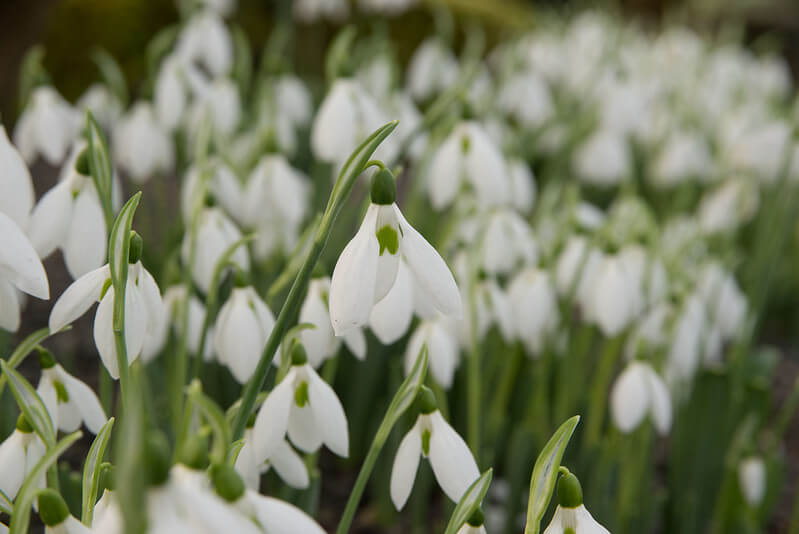
The giant snowdrop, or greater snowdrop (Galanthus elwesii), grows twice as tall (about 1 foot) as the common snowdrop. The nodding white flower has a double green mark on the inner petals and is another hardy, late winter/early spring plant.
Spring Snowflake
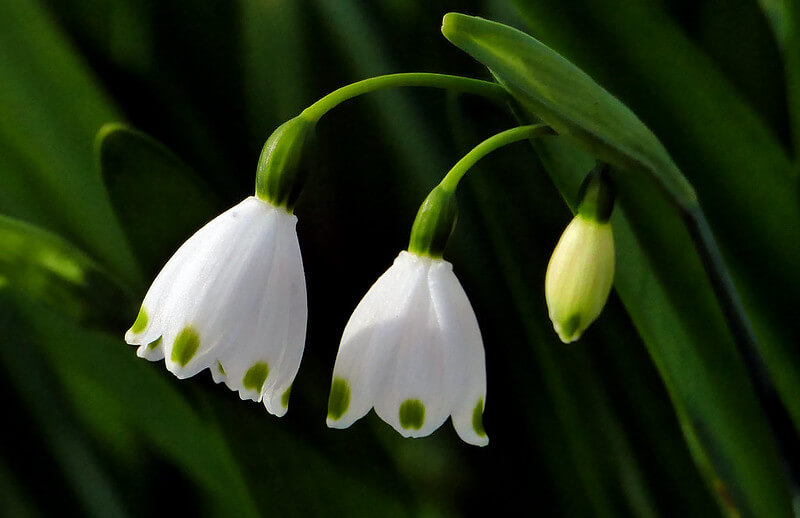
The Spring snowflake (Leucojum vernum) is about the same size as the giant snowdrop. The small, white flower has green spots on its tepals and it’s lightly scented.
Summer Snowflake
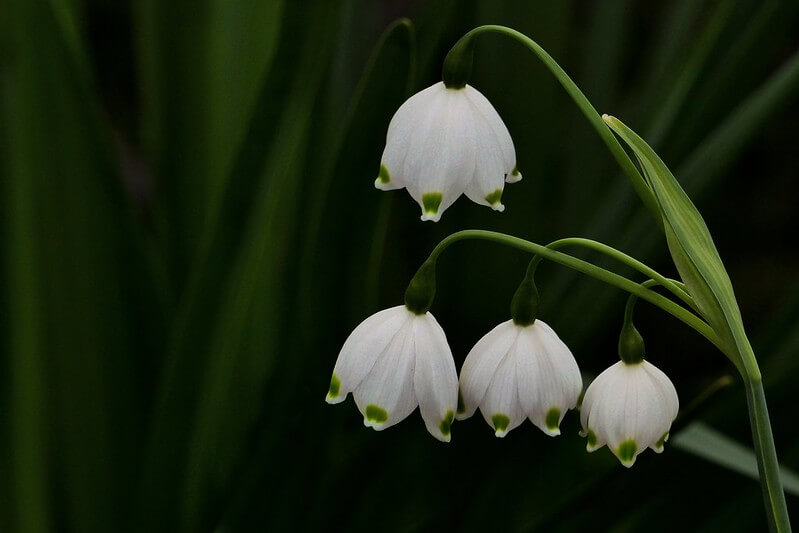
The summer snowflake (Leucojum aestivum) is a similar size to the spring snowflake. It has 4 to 8 white, bell-shaped flowers and almost looks like lily of the valley. This one blooms in late spring.
Magnet Snowdrop
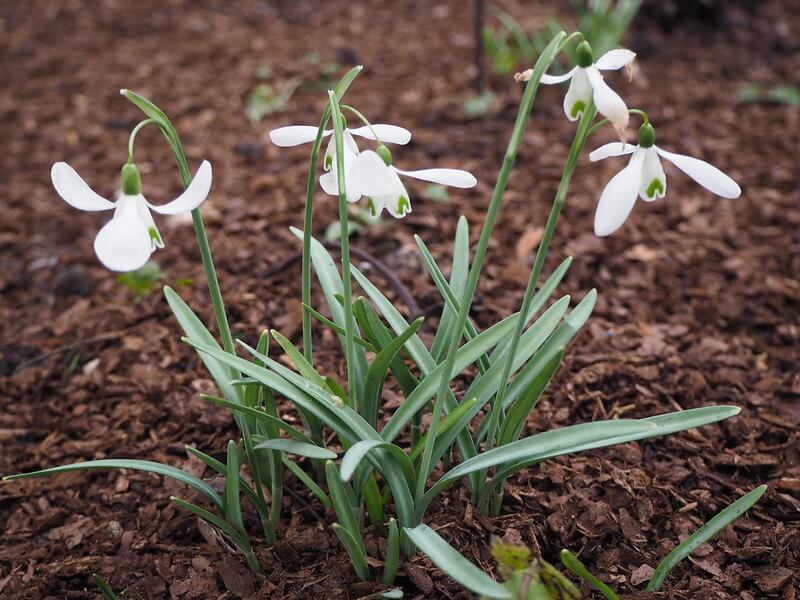
The magnet snowdrop (Galanthus nivalis ‘Magnet’) is 8 to 10 inches tall, grows well in woodlands, lawns, rock gardens, and under deciduous trees. It has nodding white flowers with outer tepals twice as long as inner tepals. The inner tepals have a V-shaped green marking on the tip. It’s another late winter/early spring plant.
Flore Pleno Snowdrop
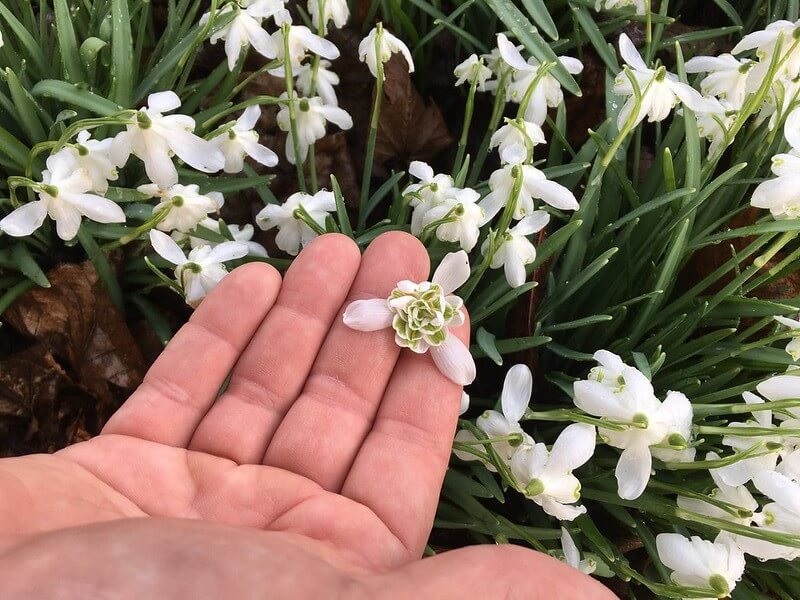
The next snowdrop (Galanthus nivalis ‘Flore Pleno’) is an attractive, double snowdrop with dainty, fluffy flowers. It is wider, fuller, has more tepals than the common snowdrop, and is slightly fragrant. A late winter (sometimes as early as January)/early spring plant.
Snowdrop Plicatus
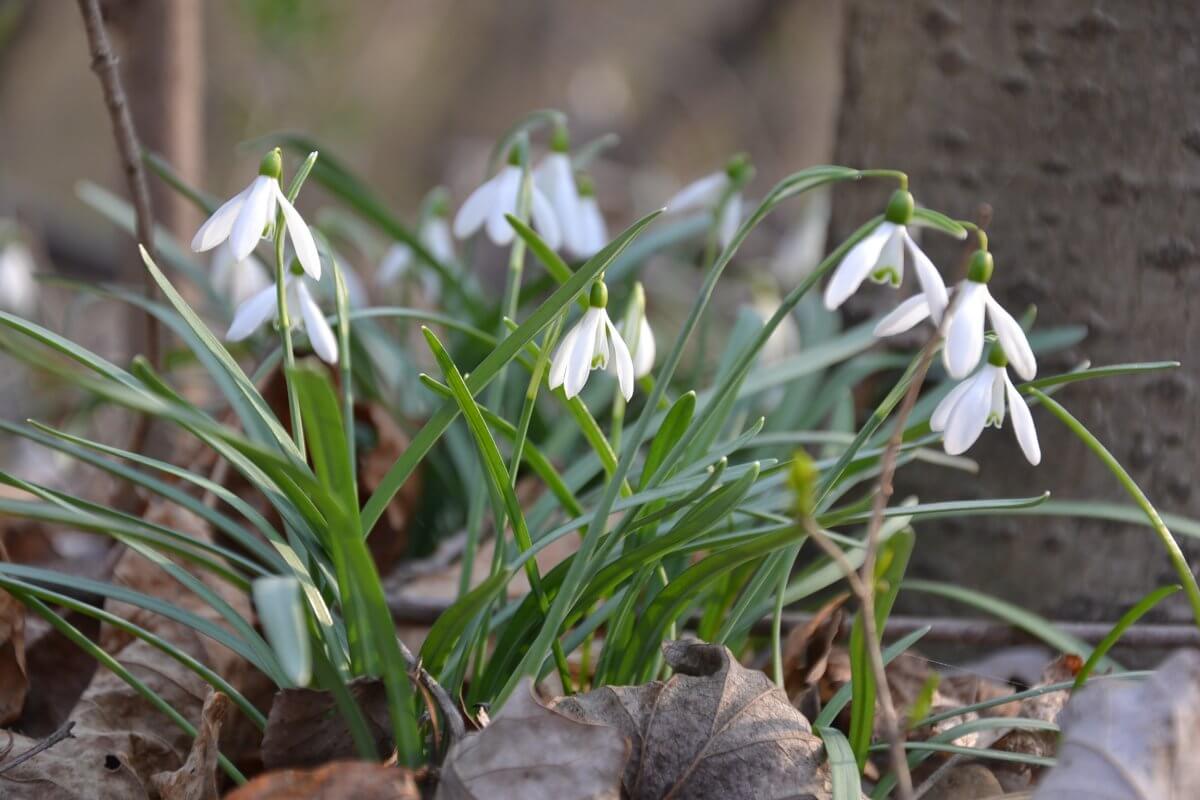
The plicatus variety (Galanthus plicatus), like the common snowdrop, is a plant that only grows about 5 to 6 inches tall. The flower has six white tepals, the outer three all white and the inner three shorter, notched, and with a green mark from just above the notch to the middle of the tepal. Another late winter/early spring plant.
Snowdrop S. Arnott
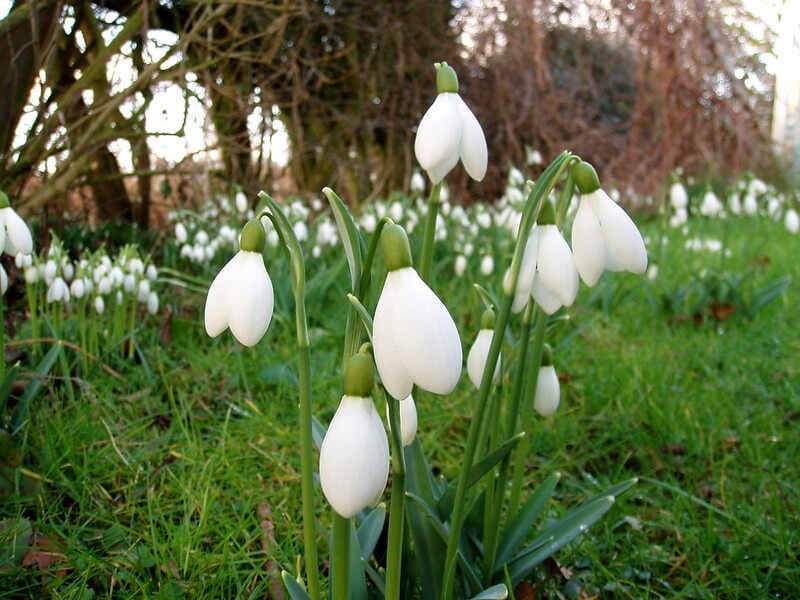
The S. Arnott snowdrop (Galanthus ‘S. Arnott’) is tall at 6 to 8 inches and sturdy. This robust plant has flowers with big tepals that open into beautiful, rounded blooms (1-inch wide) and gives off a lovely scent. It has V-shaped green markings on inner tepals. Like the ‘Flore Peno’ above, it sometimes blooms as early as late January.
Green Snowdrop
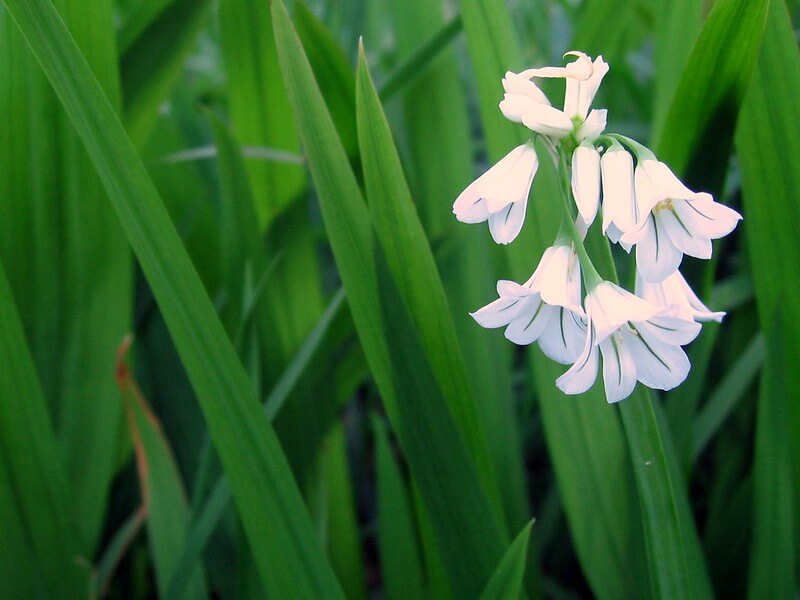
The green snowdrop (Galanthus woronowii), mostly found in Turkey and Russia, is very leafy. The leaves grow up to 10 inches in length and are supervolute (one leaf tightly clasping around another at the base). These flowers a bit smaller than other snowdrops with a U-shaped green mark on the tips of the inner tepals, but it is less bold than on other snowdrops. Another hardy, late winter/early spring plant.
There are many other spring varieties, but here’s one that intrigues me: autumn snowdrop.
Snowdrop Reginae-Olgae
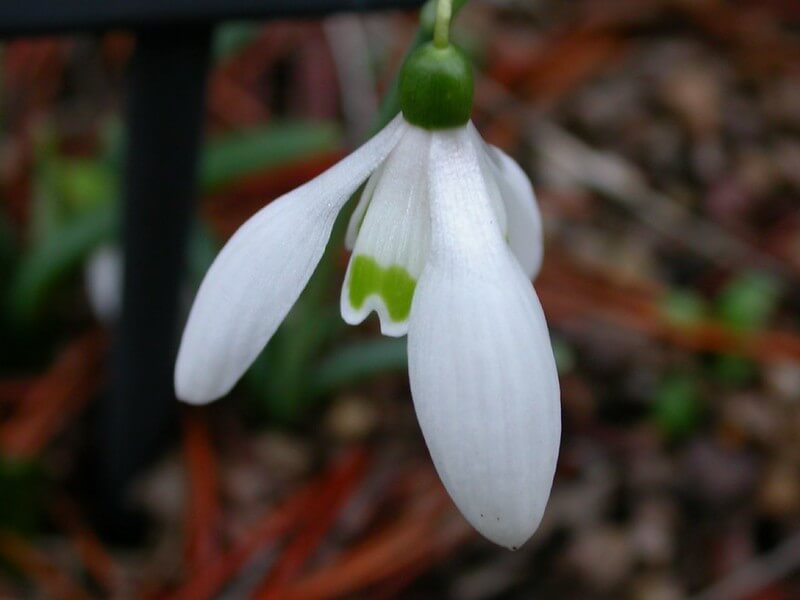
Queen Olga’s snowdrop (Galanthus reginae-olgae) is native to Sicily, the Balkans, and Greece and has pendant white flowers, three larger outer tepals which are pure white, and three smaller inner tepals with different green markings at the tips. It usually appears in autumn, but can also bloom in winter and early spring. It typically prefers a warmer climate to the other snowdrops.
Related Post: 10 Gorgeous Winter Flowers to Add Color to Gray Winter Days
With all the varieties of snowdrops to choose from, it’s nice to know there’s a variety suitable to just about every region. I’ll stick to the common snowdrop as it appears to be the most resilient in my growing area. For me, the best part (other than it’s an early promise of spring) is the fact that wildlife like deer avoid it. I’ll have to plant more bulbs.


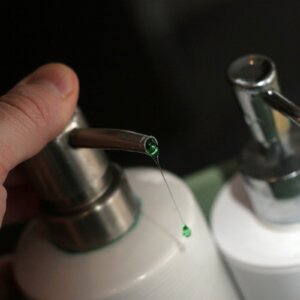
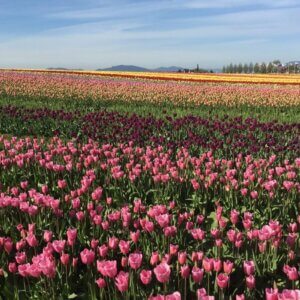
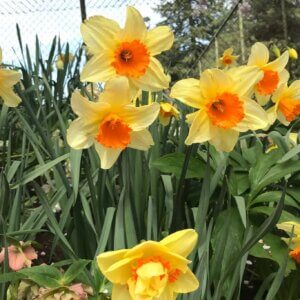
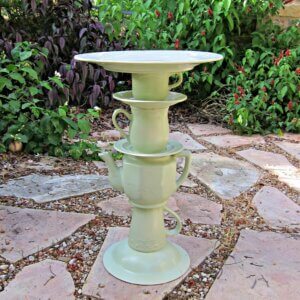
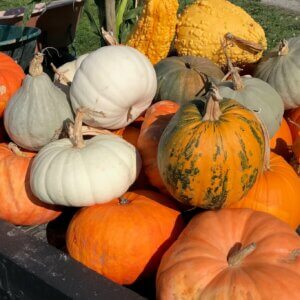



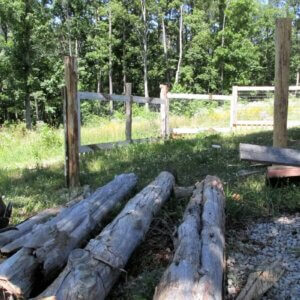




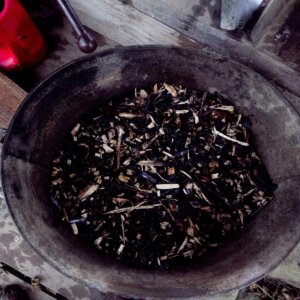
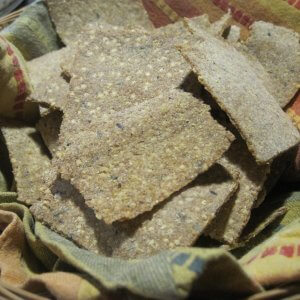






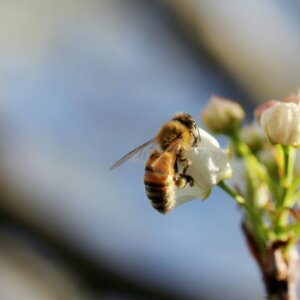

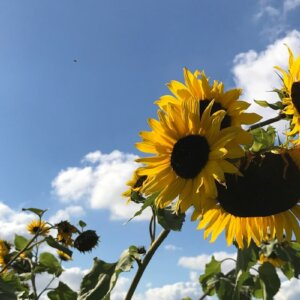

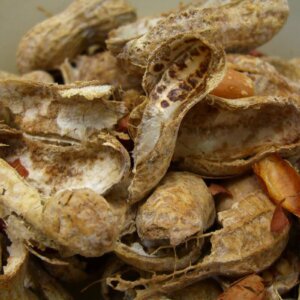



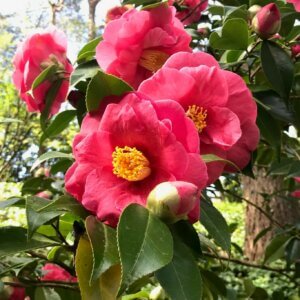

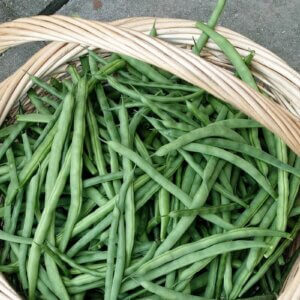
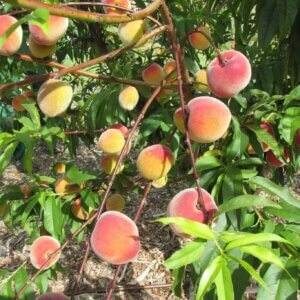
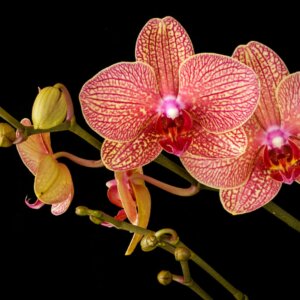
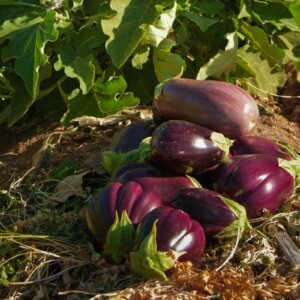

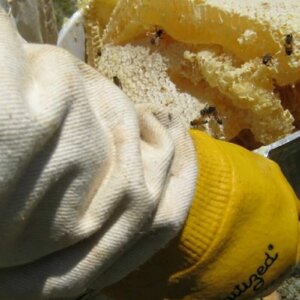


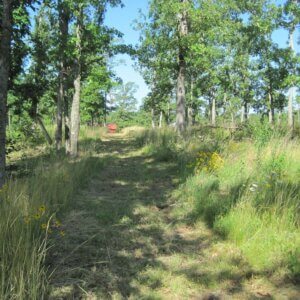
Leave a Reply